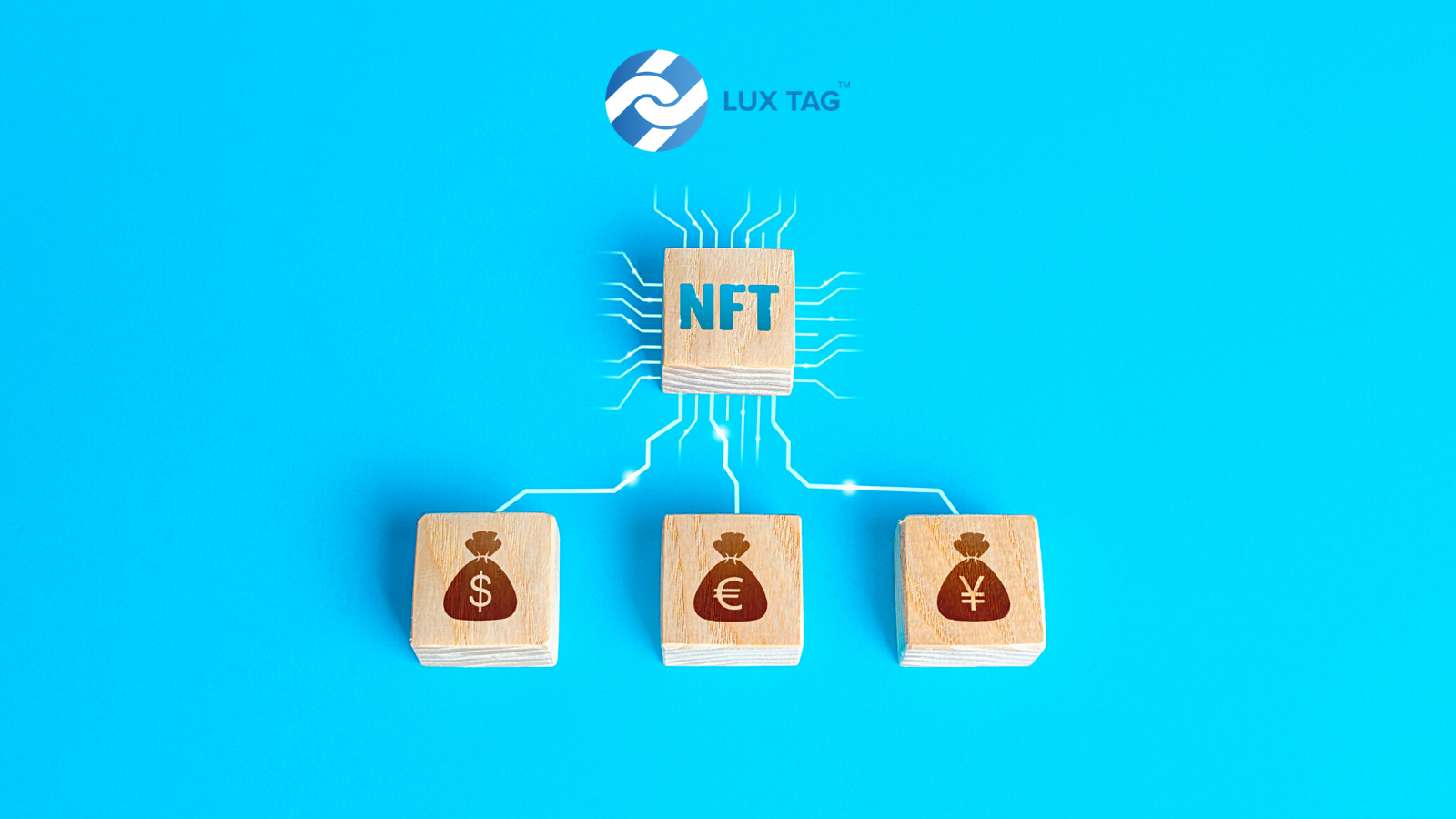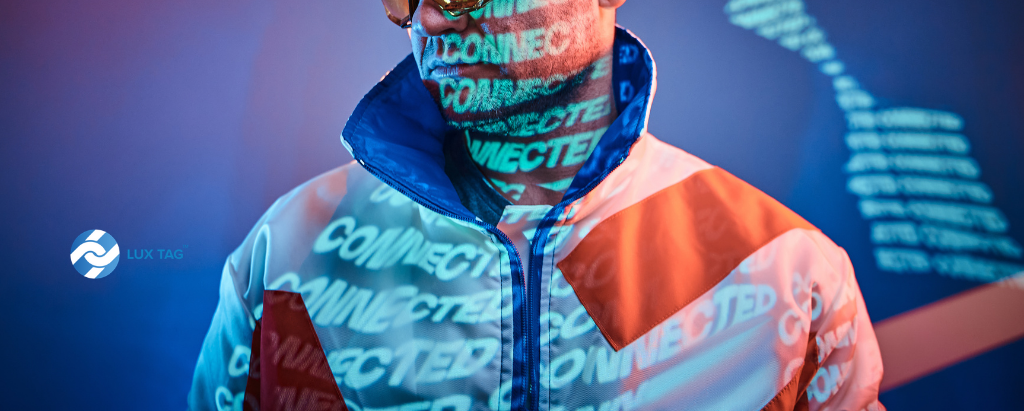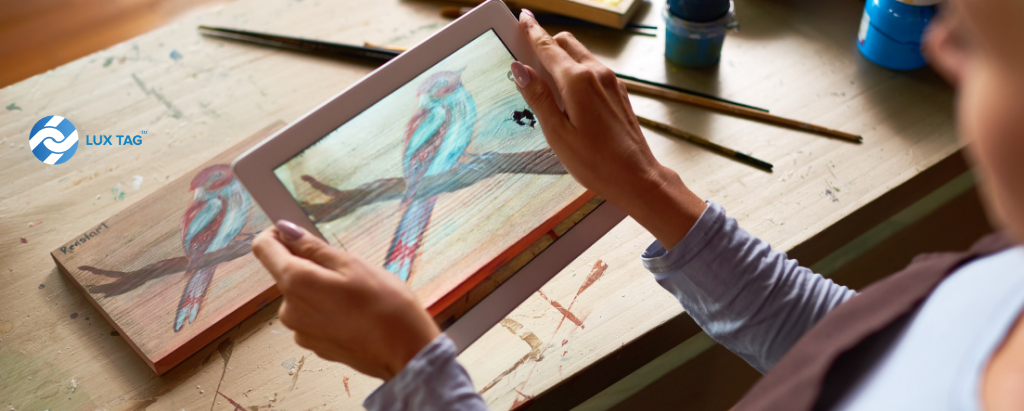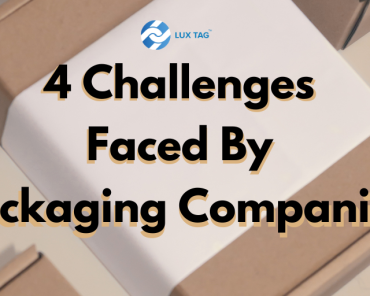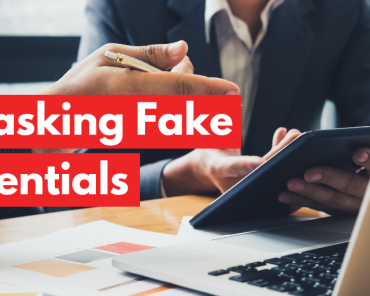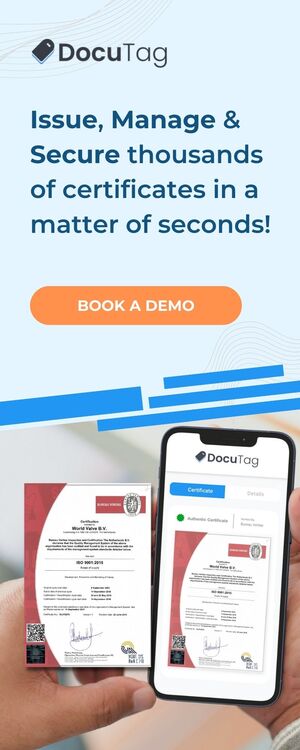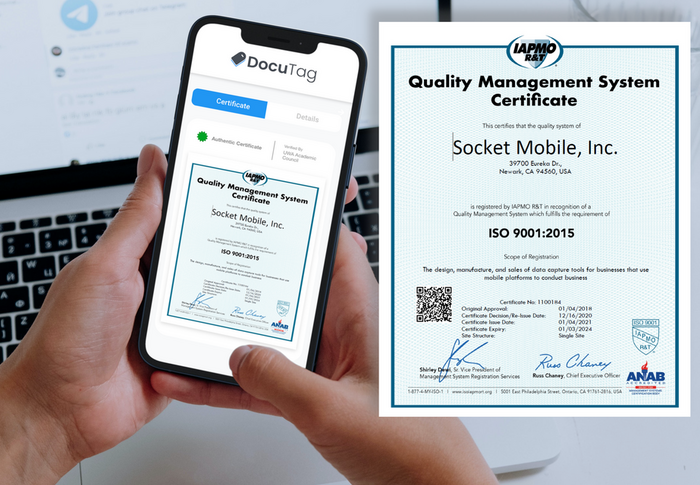10 years ago, I thought that online video calls are only for rich people. What do you know, today we can make a group video call for free! And recently with the lockdown pressured by the COVID-19 pandemic, even schools and work matters are conducted online.
The pandemic may also speed up the growth of another technology, NFT. The technology was already introduced in 2017 with the appearance of CryptoKitties, collectible digital drawings of cute cats, and CryptoPunks, similar digital characters.
However, in early March 2021, the hype peaked when MetaKovan bought an NFT featuring a collage of 5000 artworks by Beeple for 69.3 million US Dollars. It doesn’t end there. Last month, MetaKovan mentioned that he hired architects to build digital galleries to display his NFT collections, a gallery anyone can enter through web browsers.
In fact, he visions building a whole digital universe!
Oh, and do you know that CryptoPunks and CryptoKitties were originally given for free? Now that the hype exploded, the owners are free to sell the unique characters up to 4.2K ETH (Ethereum, equivalent to 7.57 million USD) per CryptoPunks’ character!
These are the questions this article answers:
What is NFT again?

I know, I also immediately feel like being a digital artist after reading the news. But before you start thinking about making or selling an NFT, you should at least know what NFT is.
NFT stands for Non-Fungible Tokens. A token is just like a certificate of ownership, while non-fungible means non-imitable and unique.
I’ll give you a simple example. A ball of a football game is fungible, as it can be easily reproduced in a factory. However, a ball signed by Christiano Ronaldo with a mention of your name is non-fungible. Even if he signed 2 balls with the same content, the two balls are individually unique and will never be the same.
So, simply said, a non-fungible token is an ownership certificate of a non-fungible item, but it’s not just that. The certificate is digitally recorded in the blockchain. This doesn’t only mean that it will never be lost or damaged, it is also (almost) impossible to be hacked, stolen, or faked! Plus, everyone can easily verify the ownership by simply accessing the internet.
Wait, what is blockchain? Well simply put, it’s a hack-proof, transparent, and decentralized technology to effectively and securely record transactions, just like an encrypted digital ledger book. But if you want to get into details, you can go here.
Coming back to NFT… A lot of things can be made into NFT, but mostly are digital artworks such as digital paintings, edited videos, and photoshopped camera shots. You can even take a picture of a physical item and sell it off as an NFT, up to your creativity.
How can I Sell or Buy NFT?
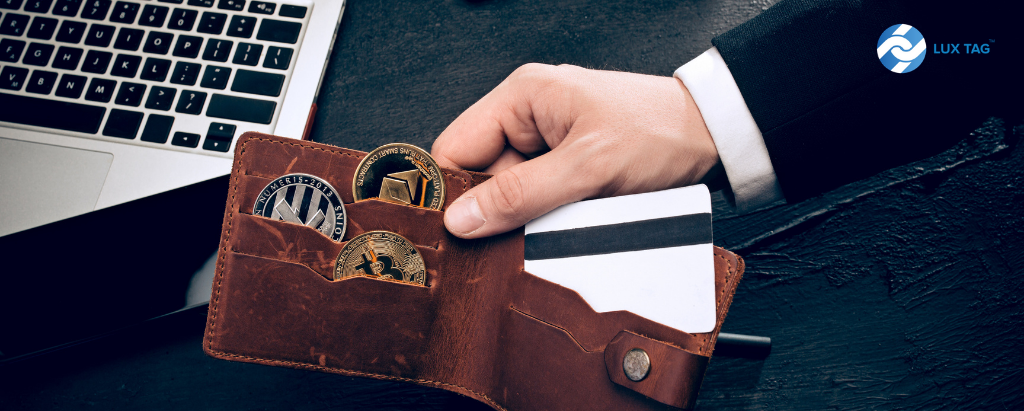
It’s quite simple. First, you need to find a digital marketplace that you can list your NFT in, then you need to have a crypto wallet, and lastly, you need to ‘mint’ your NFT, before registering it at the marketplace.
1. Finding an NFT Marketplace
An NFT marketplace is somewhat similar to e-commerce sites such as Amazon. It basically lists out NFTs with either a fixed price or with a base price that’s open for bidding. Some marketplace sells a specific type of NFT, like how NBA Top Shot sells only their original video clips of NBA’s live basketball games.
Some are more famous than others, some use different crypto than Ethereum. So, in making your choice, you have to be sure of your preference, art category, and target market. In other words, you have to do your research very carefully. Good thing we have the internet to help you with that!
2. Creating a Crypto Wallet
After you decide on your preferred NFT Marketplace, you need to own some amount of cryptocurrency that is used by the marketplace. If you don’t have it yet, you can create a cryptocurrency wallet and convert your money into the targeted cryptocurrency. For example, if the marketplace uses XEM, you can convert your USD to XEM, or it is also common to say you have to buy XEM using USD.
Typically, Ethereum will be the top choice because it is the pioneer cryptocurrency that supports NFT. Plus, it is currently the most popular one worldwide after Bitcoin. Wait, what if you already have Bitcoins? sorry to inform you that Bitcoin does not support NFT. However, you can use bitcoin to convert it to Ethereum, or any other cryptocurrencies that support NFT.
3. Minting the NFT
Lastly, you need to hook your non-fungible item to the cryptocurrency. This process is called ‘minting’ whereby you digitally register on blockchain the non-fungible file together with related details, such as suggested price, or the story behind the art. Some marketplace offers the service to mint NFT. So yeah, make your choice wisely.
Then once the minting process is done, register the NFT to your preferred marketplace and your NFT is up for sale!
The buying process is quite similar, it’s just that instead of minting your original art, you register your name as the latest owner of the NFT after a successful purchase.
What’s the catch?
It can’t be that easy, right? Or else everyone who creates an NFT will already be rich.
Well, actually it is indeed easy to create and start listing your NFT. BUT…
1. It is not cheap.
By the time this article is written, 1 ETH (Etherium) is equivalent to 3,905.52 US Dollars. Usually, the minting process itself will charge a few percentages of ETH. So, before you even start minting, you need to already have a lot of cryptocurrencies! Not to mention that when you manage to sell your art or buy another, another small percentage (typically 0.25%, which is about 9.76 USD) will be charged by the marketplace. Well, they also need to make a living, you know.
2. It is not fully decentralized.
Although NFT itself is decentralized, you need a marketplace to list your NFT, which means that you have to agree with the rules set by the marketplace. Every marketplace may have specific rules. Some marketplace doesn’t authenticate the originality of an asset before it is minted. So, there’s a small risk that someone can steal your art and mint it as theirs.
3. It does not guarantee money.
Usually, NFTs are sold as actions, whereby people offer or ‘bid’ their prices to an NFT. The highest bidder gets to buy the NFT. That being said, if nobody wants to bid for your artwork, then you won’t get the cash.
Really, then how come there are NFT worth millions of USD?
Well, FYI most expensive NFTs sold are originally owned by famous or influential people. If you got a fanbase, most likely your fans would want to own things associated with you.
Yeah, that fact hurts me as well. I’m not really a famous person, and I can’t paint a Mona Lisa.
That’s also the reason that some experts thought of NFT as a mere hype bubble that will explode anytime soon. People who are too excited or fear of missing out may join the frenzy recklessly without enough knowledge, and it’s only a matter of time that they realize to have invested time and expensive cryptocurrencies for something with a vague future.
NFT is a Hoax?
Don’t get me wrong, NFT is very good. Especially in this digital era whereby people spent months creating an outstanding digital artwork – only for other people to download it and used it for themselves without permission or paying any royalties to the artist. When anybody on the internet can do that, then why would anyone pay a high amount of money for it?
A work of art takes a lot of work and time, and the artists have to make a living to feed themselves and their families. By selling their arts as NFT, anyone can easily trace the ownership of an artwork, making counterfeit or fraud attempts useless while acknowledging the artist’s talent. In fact, some NFTs pay a percentage of royalties to the original artists each time the artwork is resold.
However, to create an NFT out of physical items, or your physical collectible items, for example, is totally not worth the price. Especially when you’re not a well-known person yet, or simply have so much better things to spend your money on.
NFT Alternative?
There are more cost-effective ways to authenticate, track, trace, and verify ownership of physical items by simply applying the basic decentralized and unique features of blockchain technology.
For example, Papyrus by LuxTag allows any artists, collectors, craftsmen, and in fact, anyone can tokenize their assets into blockchain to record the items’ stories and a trail of ownership with extremely low cost. There are other similar solutions out there, but unfortunately not many talk about them or even know them in the first place.
“…in a very large number of cases, NFT is a completely unnecessary tool,” commented Alex, who is among the people mentioned in the first block of SYMBOL Blockchain.
“For example, when transferring ownership of a physical art object, in my opinion, LuxTag handles it best. Papyrus implements the association principle of transferring unique rights through a normal address-to-address transaction.”
“If something can be solved sparingly, solve it sparingly,”
So can you get rich by selling NFT? If you got the talent and capital, go ahead and test the market. It’s just that there’s no guarantee that you’ll get a high return. Maybe it’ll work out, maybe it won’t.
Meanwhile, if you’re already a collector looking for a solution to track & trace your assets, you can try Papyrus. For the first time registration, you’ll be offered free XEM so that you can immediately start registering your assets for free! Try it out here.
Let your product do the work for you.
Combating counterfeiters is exhausting, we get it. That’s why we developed BrandTag. With BrandTag, your products will promote their authenticity and protect themselves from being counterfeited, with just a scan!

